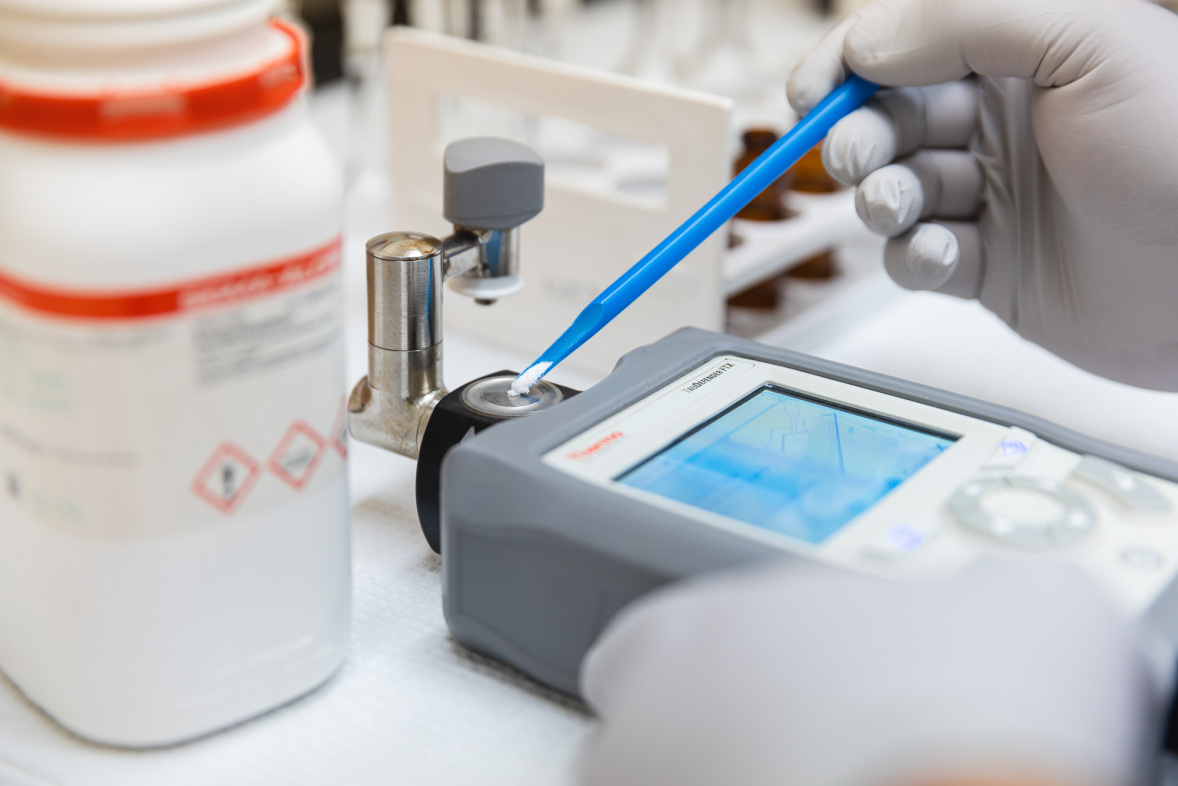Baseline Market Survey Supports Government First Responders
One every five minutes, totaling 109,680 people (that’s enough to fill a Boeing 747 nearly 300 times). That’s how many people died in 2022 from a drug overdose in the United States, many from fentanyl and opioids, according to data released by the Centers for Disease Control and Prevention. That’s up from 107,000 people in 2021, hitting a new annual record as the crisis deepens nationwide.
While we’ve offered past guidance for first responders and a series of four podcasts called “Let’s Talk Fentanyl,” our research experts at CBRNETechIndex.com have now created a baseline market survey of portable detection equipment capable of identifying fentanyl, opiates, and related compounds commonly referred to as PBA. This effort provides U.S. government first responders with independent, unbiased, and reliable third-party data to choose the fieldable chemical detection equipment that is right for them.
Specific performance, operational, and physical criteria were developed to narrow the focus of the survey to those products best suited for field detection scenarios. The approach for compiling product information was to review the open literature (including market surveys compiled by other groups), conduct internet searches, and contact vendors, users, and MRIGlobal subject matter experts in the area of field-portable chemical detection products. The scores presented therein are applicable to the described scenarios only. The market survey provides product information for 131 chemical detectors covering 14 technologies.

To qualify for inclusion, products must be COTS/GOTS (commercial off-the-shelf/government off-the-shelf), have a maximum weight of 35 lbs., operate without power or on battery only, and identify the target materials. Products were assigned an overall score based on four categories, 3-5 criteria within each category, weight (importance) of each of 14 criteria, and associated scoring level (1-4) within each of those criteria. For example, baseline rankings will preferentially select a product with more consumables and durability over size, whereas field users may desire the most portable product available, regardless of durability and consumables. Users have access to the full dataset and the ability to create customized rankings and filtered reports via a portal. The portal contains active, user-customizable ranking where the criteria weighting can be independently modified to best represent the user needs and therefore result in operationally specific product rankings. In addition, users can generate custom reports on all PBA products based on specific search or filter criteria of over 40 unique fields.
Dynamic weighting by product enables users to create a customized product ranking based on scenario and operationally specific requirements. Enter the desired weighting of each product characteristic, ranging from 1 being least important to 4 being most important, within the four categories of detection capability, analysis factors, physical factors, and technology characteristics.
After inputting each of these characteristics, the product list will update and can be selected for inclusion in a custom scorecard and report. In general, there are five categories of products profiled, including:
- Raman Systems, which tended to be the highest scoring technology:
- Small, lightweight, and can detect the targets, precursors, and cutting agents of interest through packaging with no sample prep
- > 5%-10% of the sample content (no trace detection)
- Not useful for pill or cut form (post-distribution)
- IMS Systems scored next to the highest:
- Detect trace amounts, but generally need some sample manipulation (such as wiped onto a swab)
- Higher false positive rates, as multiple materials can have similar drift times
- Easily overloaded and require potentially long bake-out times when low volatility compounds such as PBAs are introduced at high levels
- Handheld FTIR Systems were the next highest scoring:
- Require the sample to be directly applied to the instrument
- > 5% of the sample content (no trace detection)
- Portable Mass Spectrometers generally scored next:
- Larger, heavier, and more complicated systems that require more training
- Detect trace quantities, with highest level of specificity
- Colorimetric Kits were the lowest scoring technology:
- Simple, easy, and effective
- Only provide insight into a short list or single threat at a time
This work, which will be updated in the spring of 2024, provides government first responders and others with the data they need to choose the fieldable chemical detection equipment that is right for them.
Contact the team at CBRNE Tech Index to learn more.
Funding provided by JPEO-CBRND contract # FA807514-D-0006. Financial support by JPEO does not constitute an express or implied endorsement of the results or conclusions of the project by either JPEO or the Department of Defense.
GETTING STARTED AT MRIGLOBAL
Contact MRIGlobal to further understand our work in defense against chemical and biological threats. We work with our clients to test and evaluate current methods to detect, prevent, decontaminate, protect, and destroy these materials.
If you are part of an agency, business, or academic institution seeking assistance with a project, use our Project Quote Tool to get started.
SIGN UP FOR OUR NEWSLETTER
Sign up for the MRIGlobal newsletter! It’s the best way to get the latest updates in the world of applied scientific engineering research delivered directly to your inbox.

